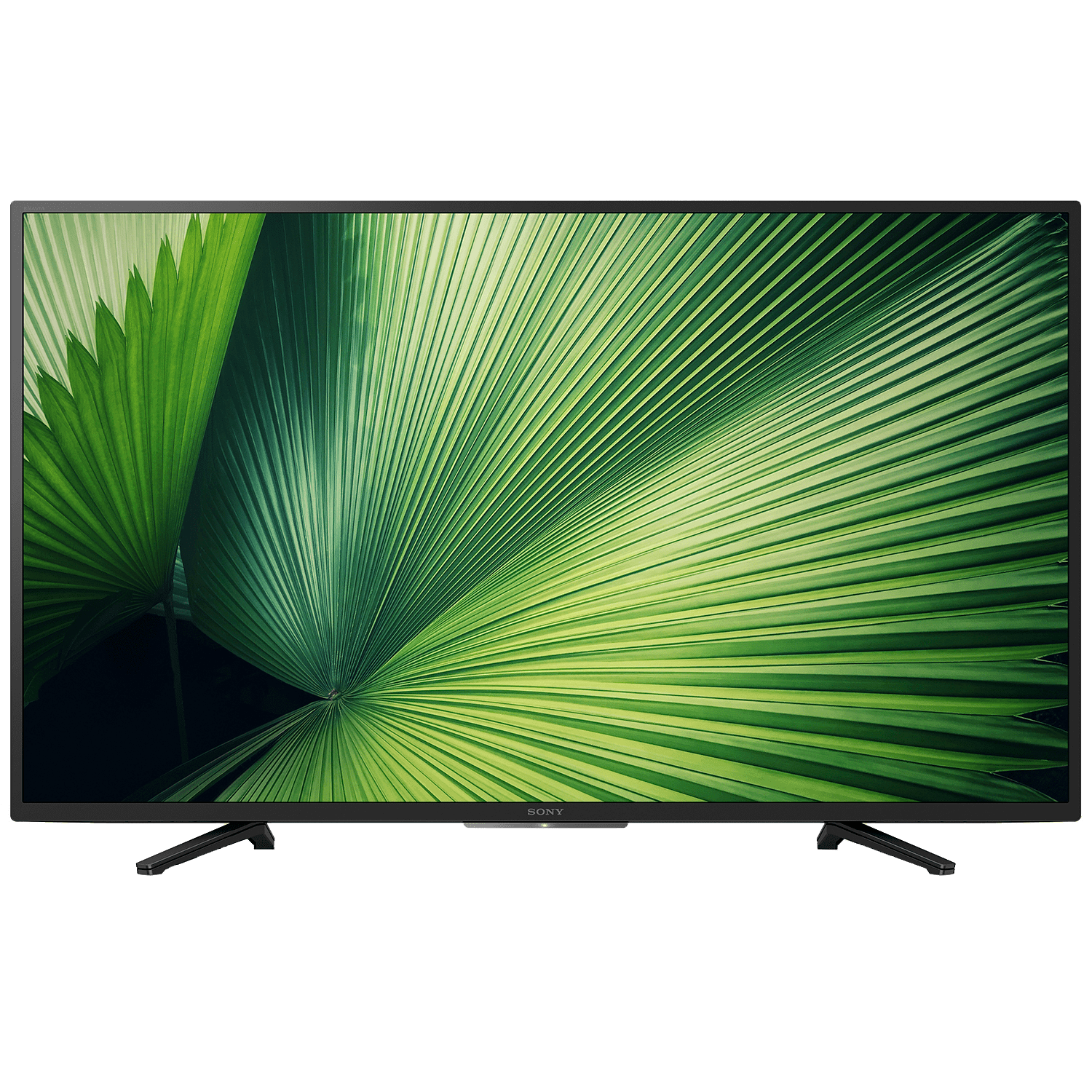#Watching television is a great way to escape reality, but it's not all sunshine and rainbows. Experts say that TV can be bad for your health, and actually make you more depressed. There are more pros than cons in the long run, but this article will go over some of the cons of watching too much television.#1. Less Time For Activities That Make You HappierToo much TV can take away our down time that we could use to do other things and make us happier. When you are in front of the TV and watching a show, it's not the same as being outside doing something active or a craft. Instead, you're focused on the TV and just zoning out into it.#2. More Time To Spend In Your HeadWhen you're in front of a TV, you are more likely to be able to spend time daydreaming or thinking about what happened in the past or what's going to happen in the future. If you're ever having a bad day and don't want your mind wandering off, it can be rather easy for it to do so if you are watching television.#3. More Time To Focus On Negative Thought PatternsAnother part of being too active is that we can actually start creating some bad thought patterns that may be coming from our upbringing, religion, or just from other people.
Image source: https://www.reliancedigital/
The days of the classic television show seem to be long gone. Nowadays, TV is not only available on cable but also through subscription services like Netflix and Hulu. Most people are now watching shows on their phone or computer screens instead of sets. If you're wondering how often someone in your age bracket watches television, here's a handy guide to answering that question.Lifestyle- Weekly: 5 hours and 20 minute- Monthly: 10 hours and 40 minutes- Yearly: 153 hours and 20 minute"I'm watching some TV. I'm just not sure which channel it's on." - Steven WrightTV viewership among teens is down, a new study says, but streaming services like YouTube and Netflix are still the most popular way for young people to watch video content. The study by market research firm Ipsos included responses from 1,004 adults age 15 to 24 who were surveyed online in March 2016. It said that 37 percent of respondents said they didn't watch any television in the previous seven days. That was up from 31 percent in 2014.TV Land released a list of the 100 most memorable TV shows airing between 1986 and 2015, with Friends taking the top spot on the list .'Friends' still the best TV show of all time .TV programming in the 2010s is mostly delivered through over-the-air broadcasting, cable television, subscription television providers and via the Internet. The first television "boom" occurred during the 1950s with the availability of live television content through broadcasting networks. The second "boom" occurred with cable television, ushered in by media mogul Ted Turner's founding of Cable News Network (CNN). Subscription video on demand services started in the late 1980s and early 1990s and were initially provided by satellite systems. These systems formed the basis for later online services such as Netflix and Hulu. Since 2010, the Internet has become the primary platform for television content delivery.
Image source: https://www.croma.com/
Traditional television broadcasts the majority of its programming for a single season without rerunning or airing any further episodes after the conclusion of the season. The programming is called a "run" and can last anywhere from one to eleven months. On most subscription services, full seasons of shows are made available, at any time, when that show airs new episodes on traditional TV. The first widespread system for distributing programs was developed in the United States and was called regional sports network . It distributed programs via microwave-based transmission to cable systems in four regions; each region had its own channel that aired different programming based on that region's demographics. This service eventually became known as a television network , and evolved into today's cable television . The term "superstation" is also applied to channels that broadcast programming from one station to the entire region, even beyond the country.In addition to the distribution of free programming with terrestrial broadcast over the airwaves, there is also wireless cable or digital television (DTV) distribution in urban areas, which uses spare television channels in fixed-point transmitters as well as in microbroadcasters. Digital cable networks now also provide opportunities for viewers to record shows on storage media and watch them at a later time, allowing for time shifting of content. Some TV networks also use internet streaming of their programs through services such as Hulu and Netflix.

Komentar
Posting Komentar